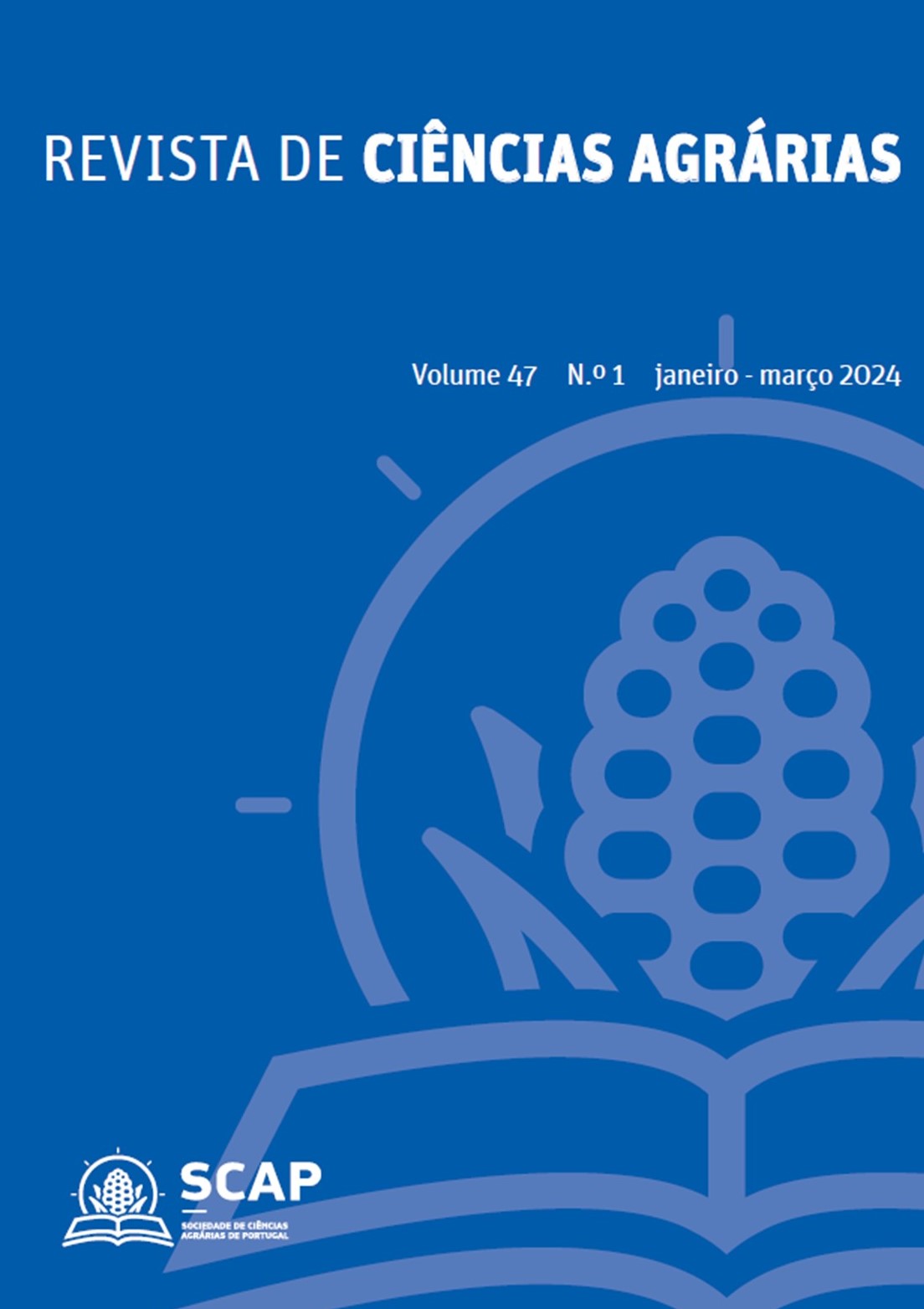Infección de biotipos de garranchuelo susceptibles y resistentes a un herbicida inhibidor de ALS por un hongo causante de carbón
DOI:
https://doi.org/10.19084/rca.35066Resumen
El amplio uso de herbicidas ha contribuido a la evolución de la resistencia en muchas especies de malas hierbas, entre ellas Digitaria sanguinalis (DIGSA) una gramínea importante como arvense que presenta biotipos resistentes a herbicidas inhibidores de la acetolactato sintasa (ALS). En el marco de la dinámica eco-evolutiva en los agroecosistemas es importante prestar atención a las interacciones ecológicas, como por ejemplo las que se dan entre plantas y patógenos, puesto que podrían afectar de forma distinta a biotipos resistentes (R) y susceptibles (S) a herbicidas. Una de estas interacciones bióticas es la que se establece entre DIGSA y Ustilago syntherismae, hongo cuya infección puede llegar a evitar la producción de semilla en las plantas. Se ha llevado a cabo un experimento en el que se han puesto en contacto teliósporas del hongo con semillas de biotipos R y S de DIGSA, aplicando vacío, con el fin de evaluar su infección por el hongo. Las semillas germinaron en placas de Petri a 20°C 12h oscuridad / 30°C 12h luz y las plántulas fueron analizadas 10 días después. Se transparentaron, tiñeron y observaron al microscopio óptico para detectar la infección sistémica. La proporción de plántulas infectadas se sometió a un análisis estadístico. Los resultados mostraron que el porcentaje medio de infección fue significativamente mayor en el biotipo R (98,4 %) que en el S (93,7 %). Son necesarios más estudios para evaluar la posibilidad de que la resistencia al herbicida pueda penalizar la aptitud biológica en la interacción planta-patógeno.


